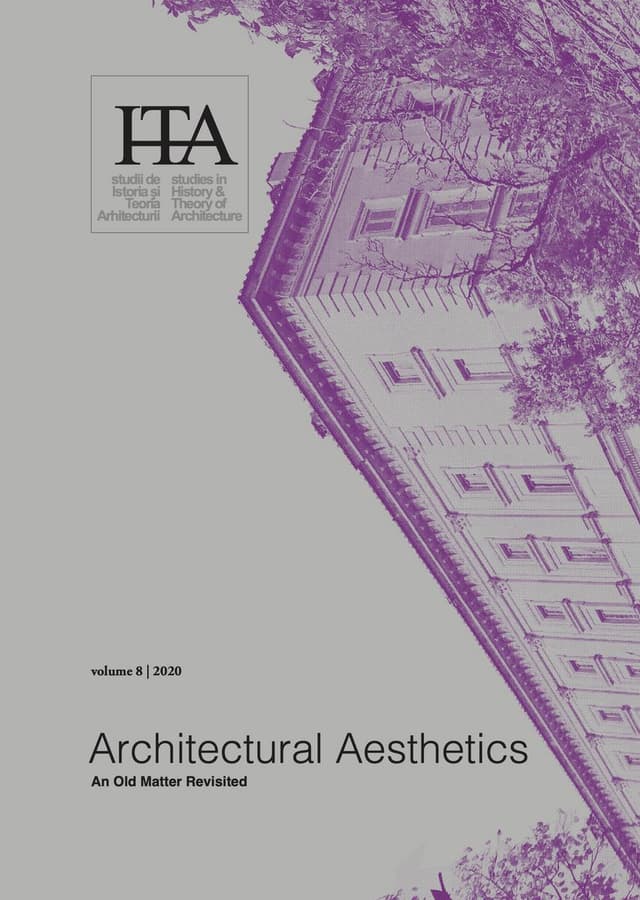Comment doit-on mesurer l’émotion?An interview with Vlad Gaivoronschi
Comment doit-on mesurer l’émotion?
An interview with Vlad Gaivoronschi
by
Ana Maria Zahariade
Vlad Gaivoronschi is not only a respected academic personality and a successful Romanian architect whose projects have been awarded many distinctions, but he is one of the few Romanian architects involved in the re-construction of the architectural profession in postcommunist Romania. In 1990 he founded one of the first liberal architectural studios in Romania, Andreescu and Gaivoronschi Associated Architects, together with his friend and fellow architect, Ioan Andreescu, with whom he had participated in an underground avantgarde group of reflection in the 1980s. Based in Timişoara, the studio occupies a special place within the architectural landscape of present-day Romania. Aside from designing, teaching and writing, Gaivoronschi assumed many responsibilities in the new associative life of the profession, consistently contributing to the elaboration of principles and regulations meant to settle an honest and honorable liberal architectural practice in Romania. In this capacity, he was also active in various bodies and working groups of the international organizations concerned with the architectural practice, such as the International Union of Architects (UIA) and the Architects’ Council of Europe (ACE).
Published in

Chicago citation style
DOI:
10.54508/sITA.8.21
1 / 2013
Testing the Physiognomy of the Arhitectura Magazine (1952-1989)2 / 2014
Introduction. Behind the Big Picture2 / 2014
Professor Alifanti’s Notebooks3 / 2015
Introduction. Avatars of an Elusive Concept5 / 2017
Introduction. Opening Limits1 / 2013
Foreword7 / 2019
Introduction. The Historicity of Modernism7 / 2019
Meeting Modernisms in Gdynia8 / 2020
Comment doit-on mesurer l’émotion? An interview with Vlad Gaivoronschi9 / 2021
Low-Rise High-Density “Semi-Collective” Housing. Thoughts, Ideas, and Proposals Over Four Decades10 / 2022
Le Temps Retrouvé10 / 2022
Play Is All about the Interplay of Chance and Rule